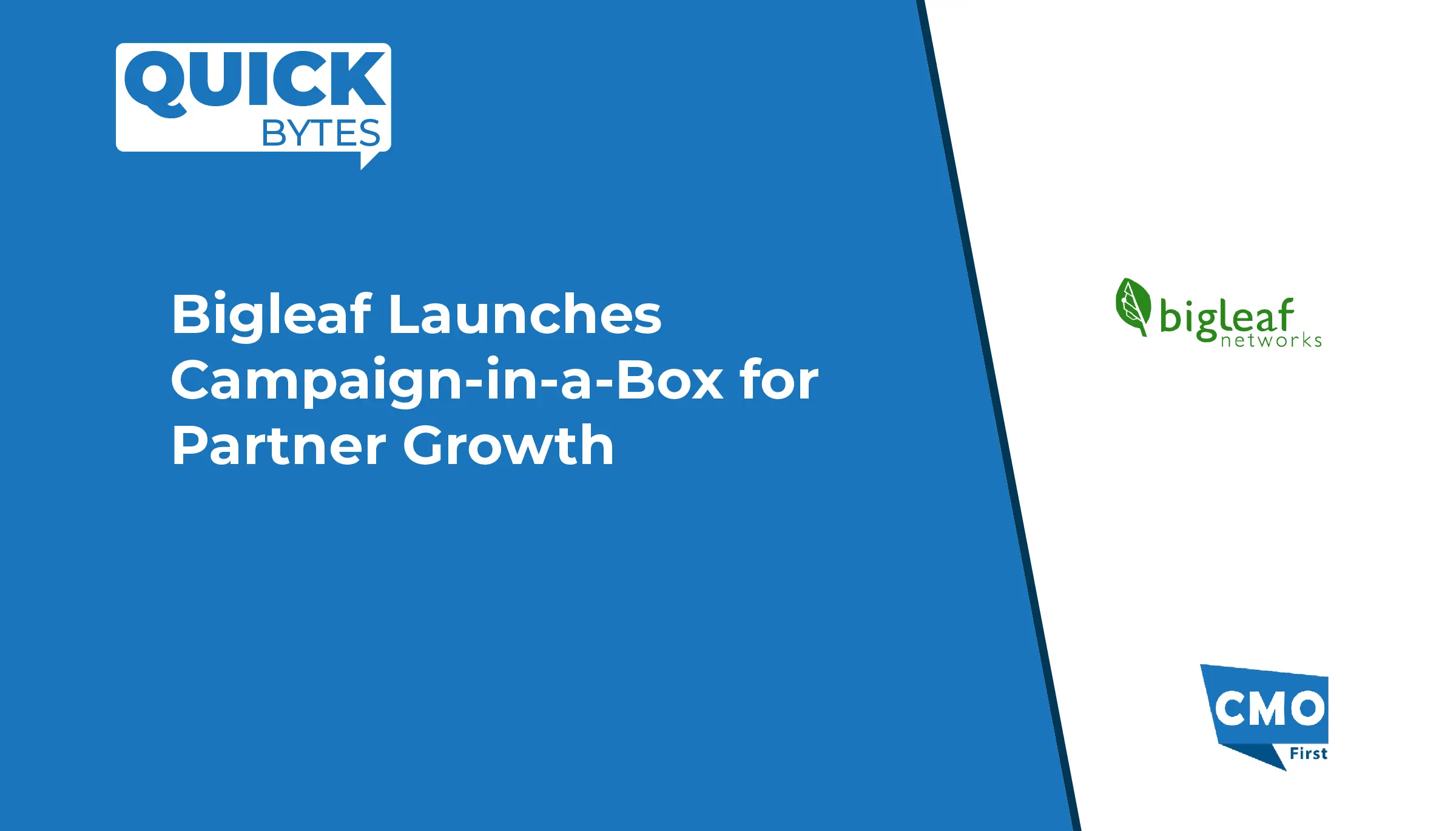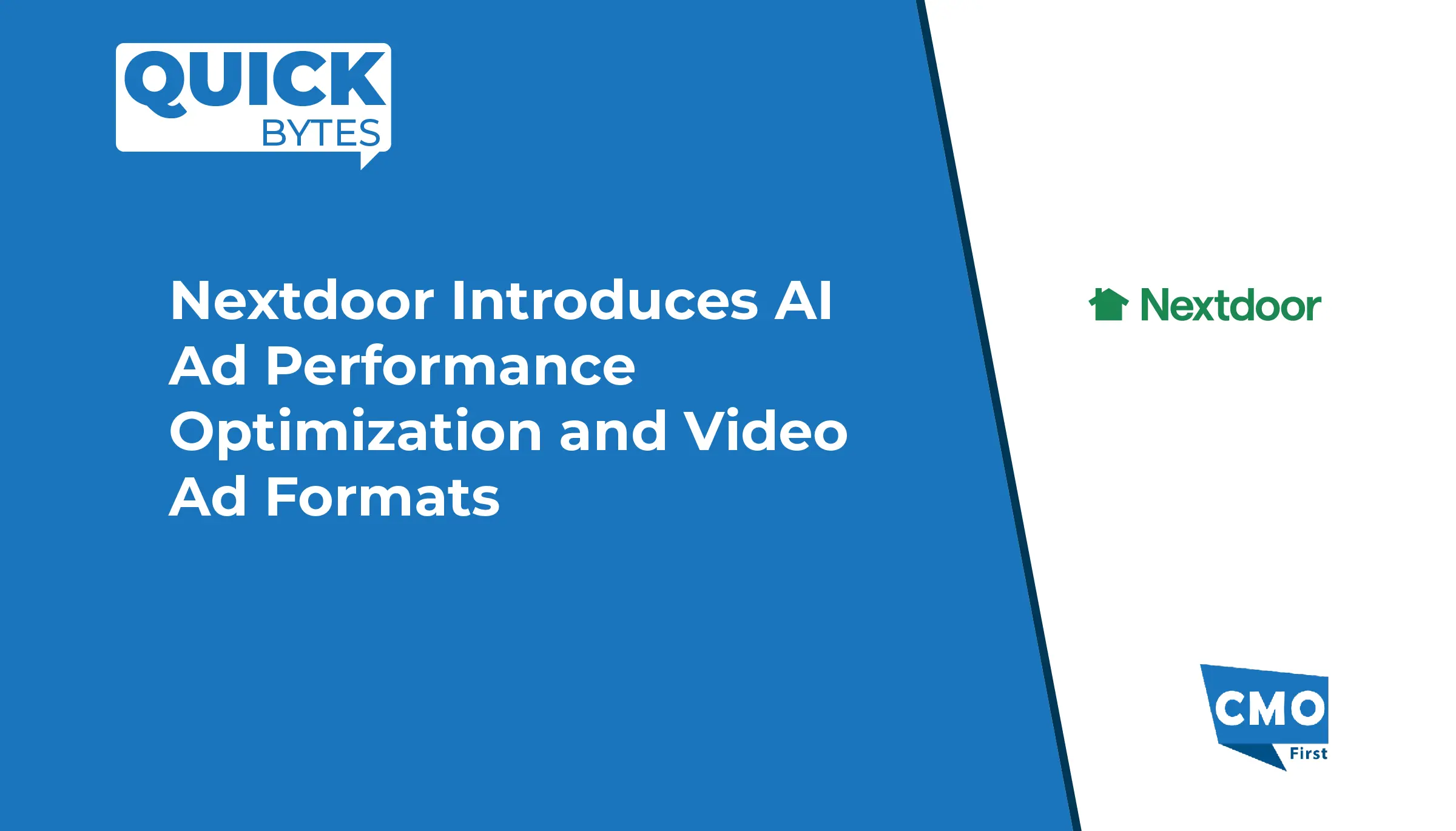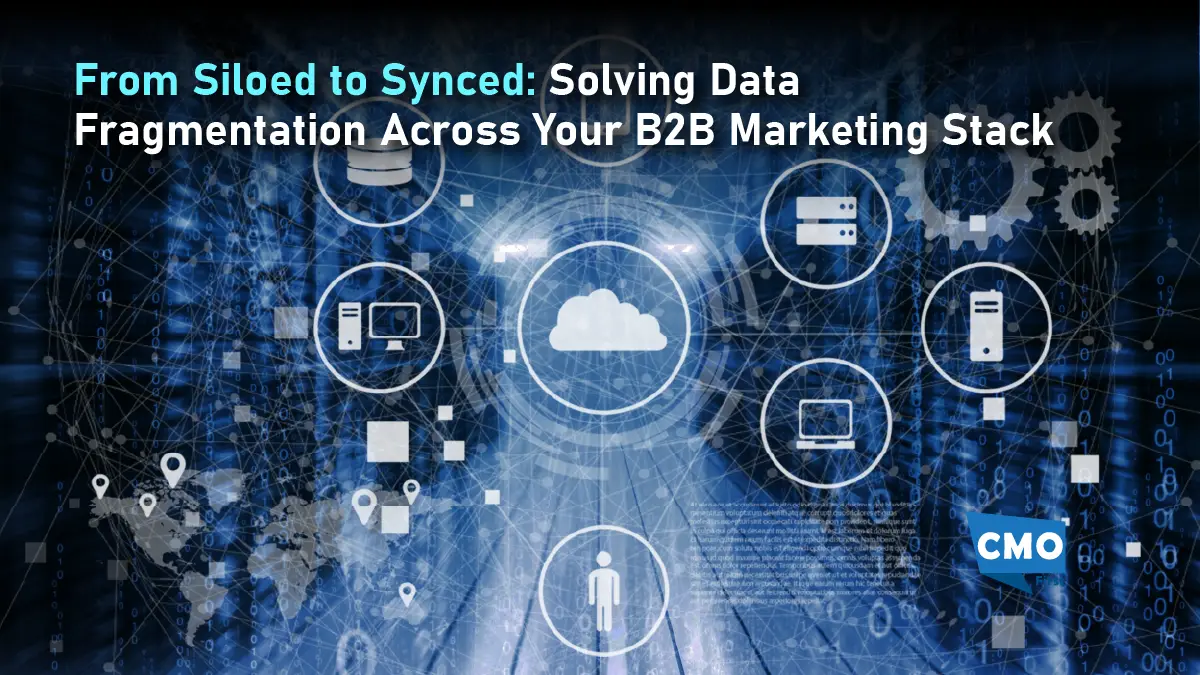B2B marketing has gotten more data-rich and more fragmented. As companies use multiple platforms for content syndication, lead gen, account-based marketing (ABM), analytics and automation, data fragmentation spreads information across tools and teams. While each tool serves a purpose, the lack of system-level integration means duplicated records, mismatched metrics and inconsistent customer views.
This article will explore how fragmentation affects campaign performance, attribution and strategic planning. It will also look at how B2B marketing leaders are rethinking stack architecture and data governance to get unified visibility and better return on marketing investment.
How Fragmentation Creeps into the B2B Stack
Most marketing teams don’t plan for fragmentation but it happens naturally as new tools get layered into existing workflows. Content platforms manage engagement metrics separate from marketing automation systems. CRM data is updated manually or lags behind real-time intent signals. ABM platforms operate on parallel scoring models while paid media tools generate their own lead lists.
Each tool collects valuable info but without seamless integration, marketing teams have to reconcile the differences manually. Data gets copied between tools, cleaned in spreadsheets and re-uploaded without version control. Over time, confidence in data integrity erodes and strategic insights become hard to extract.
This gets worse when different teams own different tools. Field marketing, digital campaigns, sales enablement and partner marketing may each have their own tools and segmentation rules, creating inconsistencies in how audience data is defined and acted upon.
The Cost of Disconnected Data
Fragmentation creates direct and indirect business costs. At the operational level, teams waste time searching for information, resolving mismatched campaign results or revalidating lead sources. At the strategic level, fragmented data weakens targeting and attribution. Decisions are made on partial or outdated insights, leading to poor spend and lower conversion rates.
It also affects customer experience. When data is not synced, leads get duplicate outreach, irrelevant messaging or inconsistent handoffs between marketing and sales. That erodes trust and increases drop-off mid-funnel.
Also Read: Integrating Relationship Intelligence with Marketing Automation: The Next Step for B2B Success
And disconnected data reduces visibility. Marketers can’t answer basic questions: Which touchpoints accelerated pipeline? What content drove decision-stage engagement? Without a unified view, measuring effectiveness or justifying budget becomes guesswork.
Why a Unified Data Layer Is Required?
To fix this, B2B marketers are moving towards a unified data layer that acts as the glue across tools and platforms. Instead of point-to-point integrations, this layer consolidates audience data, engagement signals, firmographics and behavioral data into one place.
A unified layer doesn’t replace specialized tools, it enhances them. Lead scores from the CRM, clickstreams from the website and engagement data from webinar platforms are merged into one profile. That allows for coordinated campaigns, full-funnel tracking and more precise segmentation.
With real-time syncing, teams can ensure all systems have the same data version. Sales and marketing are aligned, campaign reporting is consistent and decisions are made on verified, up-to-date insights.
Data Governance and Taxonomy

Unification is not just a technology problem, it’s a governance problem. Many of the challenges around fragmentation come from inconsistent naming conventions, audience definitions and data enrichment rules. Without shared standards, even integrated tools will deliver inconsistent results.
To fix this, organizations are defining central taxonomies for account tiers, lead statuses, lifecycle stages and content tags. These standards are enforced across platforms and referenced during campaign planning. That means metrics are comparable and segmentation logic is consistent regardless of the channel or tool used.
Governance also includes ownership structures. Marketing ops teams are increasingly the guardians of data integrity, overseeing field mappings, sync schedules and hygiene practices. Their role is not just technical support, it’s critical to long-term marketing success.
CDPs and Middleware to Orchestrate Real-Time Sync
Customer Data Platforms (CDPs) are helping to unify the marketing stack. These systems aggregate, normalize and activate data from multiple sources without replacing existing tools. By being the central intelligence layer CDPs allow marketers to build real-time customer profiles that reflect cross-channel behavior, firmographic changes and dynamic segmentation triggers.
Middleware platforms including integration-as-a-service (iPaaS) and event-streaming solutions also support this orchestration. They enable continuous data flow between systems like CRMs, MAPs and analytics tools, reducing latency and manual handoffs. The combination of a CDP and orchestration layer turns the marketing stack into a connected system. Adobe’s new RT‑CDP B2B Edition (launched in Feb 2025) is precisely the kind of unified layer modern B2B teams need. It brings account and engagement data together, syncing Marketo in real-time, and surfacing a governed, shared view across marketing and sales.
Orchestration not only supports personalization at scale but also reduces campaign lag. When intent data is surfaced and synced to the right systems marketers can act while prospects are still active, improving response rates and lowering cost per lead.
Resolving Silos Without Replacing Tools

For many B2B companies the path to integration doesn’t start with a rip-and-replace strategy. Instead leading teams are opting for phased alignment. This means identifying the highest-friction points in the current workflow, such as inconsistent lead handoffs or unaligned engagement metrics, and addressing them with targeted integrations or shared APIs.
Standardizing field definitions, enforcing naming conventions and improving identity resolution are all low-disruption steps that yield immediate value. For example, simply aligning how job roles or account tiers are defined across platforms can improve targeting and reduce wasted ad spend.
By focusing on interoperability rather than tool consolidation organizations can preserve existing investments while moving towards a more unified stack. This incremental model is often more feasible and more sustainable than full-stack migrations.
Cross-Functional Alignment is Key to Data Cohesion
Technology alone can’t fix fragmentation. True data unification requires cross-functional collaboration, particularly between marketing, sales, revenue operations and IT. These teams need to share accountability for defining data requirements, access rights and hygiene standards.
B2B companies are doing this through joint data councils or governance committees that meet regularly to review issues, align definitions and prioritize integration efforts. These forums help maintain a shared roadmap for marketing data and reduce siloed decision making that creates inconsistency. Function level SLAs, e.g. how long sales has to act on a MQL, how quickly feedback is returned from a campaign.
From Siloed Data to Revenue Intelligence
The ultimate goal of unified data isn’t just operational efficiency, it’s strategic insight. When systems are connected and data is normalized B2B marketers can track buyer journeys, model campaign impact and optimize at the account level.
This revenue intelligence means better forecasting, more targeted engagement and stronger sales alignment. Instead of measuring success on email open rates or ad impressions alone teams can correlate marketing activity with pipeline acceleration, deal progression and account penetration.
Companies with unified data are also better equipped to pivot in changing market conditions. They can adjust strategies based on real time insights, launch cross channel campaigns faster and scale personalization without adding headcount.
Treasure Data released five agentic AI suites on June 2025, including a B2B Service AI Suite. By building analytics and intent-based triggers into the CDP, it turns raw unified data into sales and marketing actions, exactly what modern stacks need.
Conclusion
Siloed marketing stacks aren’t just a technical problem, it’s a growth barrier. Data fragmentation across disconnected systems undermine campaign effectiveness, slow response times and limit strategic visibility. But solving this problem doesn’t mean starting from scratch. By investing in data orchestration, governance frameworks and cross functional alignment marketing leaders can turn disparate platforms into a connected ecosystem. This unlocks deeper audience understanding, operational agility and more measurable business results.























Leave a Reply